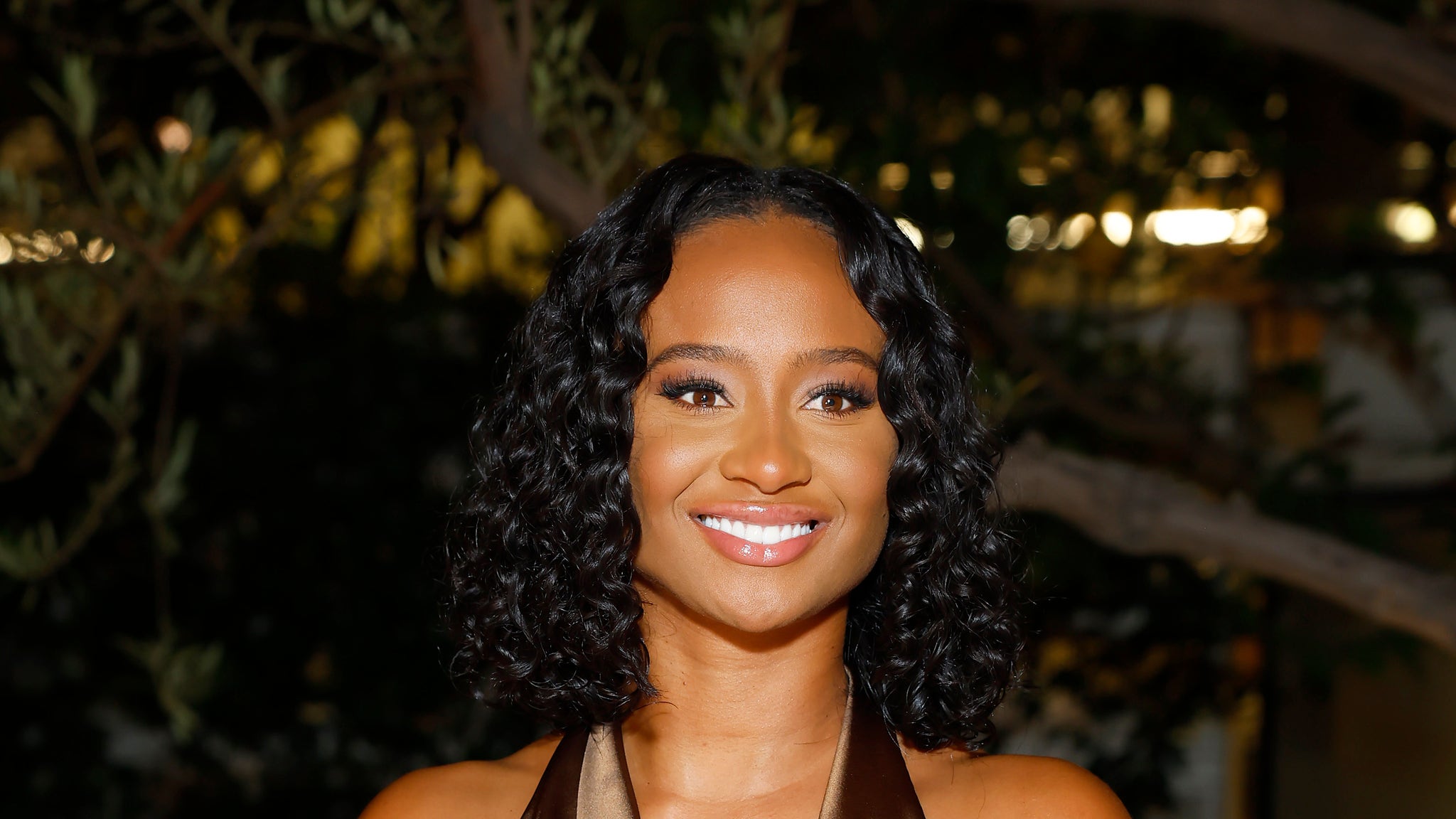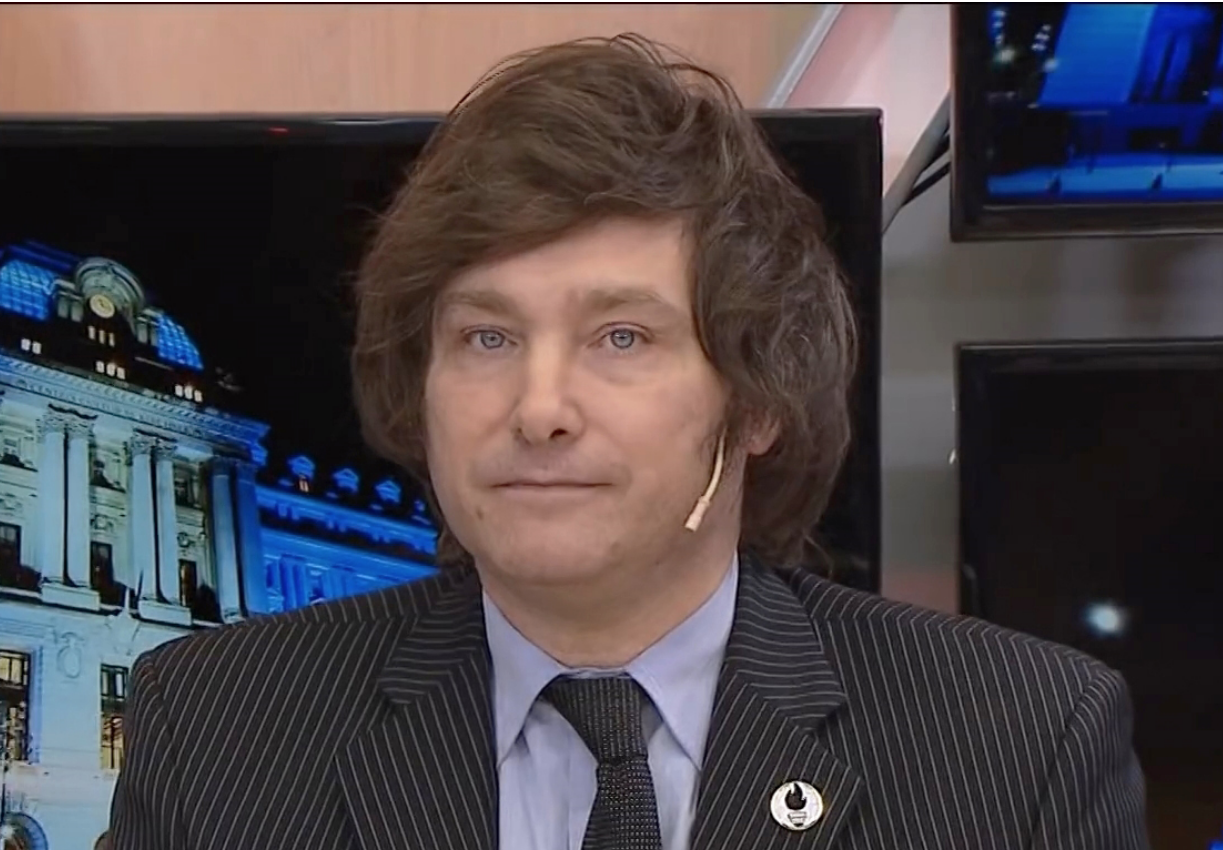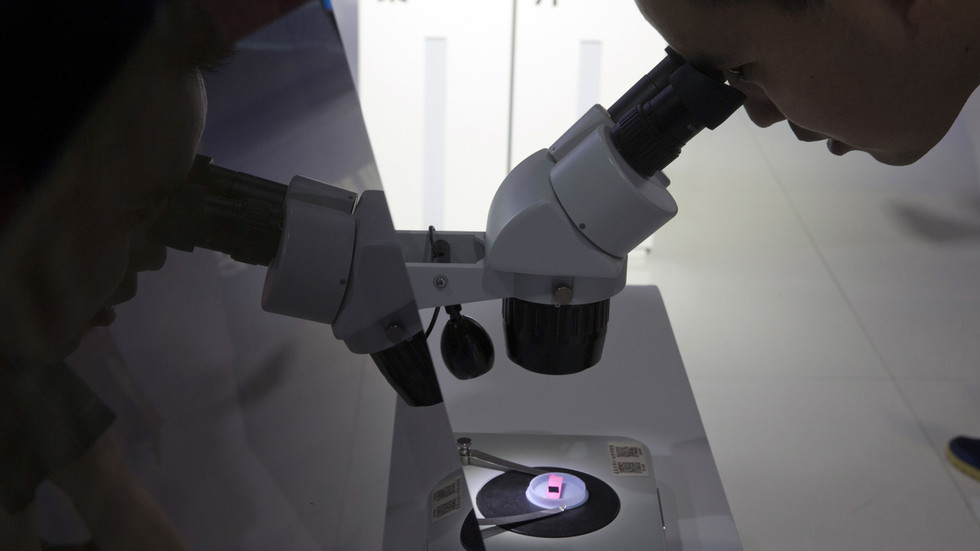Sterlin Harjo’s groundbreaking coming-of-age series wraps up with a sweet, funny, heartfelt new season, now on FX and Hulu.
FX
Welcome to Previously On, a column that is keeping an eye on the latest returning TV shows. In this edition, Valerie Ettenhofer reviews the third and final season of Reservation Dogs.
It’s hard not to mourn the end of Reservation Dogs. The FX coming-of-age series, set to wrap up with its latest season, is not only groundbreaking – it’s been cited as the first TV show ever to be told entirely by and about Indigenous Americans – but also endlessly entertaining. It’s funny, vibrant, heartfelt, and visually dynamic. It captures the specificities of life on Native land in rural Oklahoma, but it also opens up its arms to everybody regardless of enrollment status or identity, as Dallas Goldtooth’s Spirit makes clear in a welcome message in the season 3 premiere. It’s a show you want to hang out with forever. And when Reservation Dogs bows out this season after a 30-episode run, it seems likely that it’ll be ending in its prime – which, coincidentally, it also started in.
Though it’ll be sad to see Reservation Dogs go, there’s something powerful about knowing when to quit while you’re ahead, and that seems to be the case here for series co-creators Sterlin Harjo and Taika Waititi. The show has always revolved around a particular inflection point in the lives of four teens – responsible Elora (Devery Jacobs), angsty Bear (D’Pharaoh Woon-A-Tai), easygoing Cheese (Lane Factor), and lovable Willie Jack (Paulina Alexis). Season 1 began with the group on a quest to go to California to honor their late friend Daniel, who died by suicide a year earlier. At the end of season 2, the kids finally accomplished their mission but were left unmoored, wondering where to go next. “I think we’re meant to live how he would’ve wanted to live,” Elora says in the season premiere, and it’s that pursuit that drives the characters now as they inch ever closer to adulthood.
Though each season of Reservation Dogs captures a similar sense of everyday magic – its tone lies somewhere between the dark absurdism of Atlanta and the warm serendipity of Better Things – all 3 chapters have been decidedly different. While season 1 solidified the ensembles’ bond and season 2 showed them bristle against the distance growing between them, the third season allows the characters to be at once together and apart, facing private struggles but keeping their friendship alive. The most noteworthy struggle in the first four episodes belongs to Bear, whose kooky guiding Spirit has gone from a comedic plot device to a point of actual concern in his life. The season is rife with references to the thin line between spiritual understanding and mental illness, especially in a lovely self-contained chapter that sees Bear getting to know a paranoid, alien-loving loner played by screen legend Graham Greene.
Greene’s Maximus is at once gruff and surprisingly sweet, cradling eggplants he’s growing for Star People and taking Bear on a bumpy dune buggy ride across the yard while dressed like the sole survivor in an apocalypse film. When we see old home videos of his friend group, they look a lot like Bear’s, and though the teen might not know it, they’re characters we’ve heard about before, too. The show takes a simple question – “How do we figure out who we want to be when we grow up?” – and explores it through a beautifully offbeat, emotionally pure lens. While Bear contemplates the existence of Star People and the double-edged sword of his visions, Willie Jack asks to learn medicine from a local elder, Elora takes stock of her own identity after learning about her birth father, and Cheese looks towards a future where his older friends might leave him behind. All four actors continue to give some of the best performances on TV in recent memory.
The new season’s third episode is one of the show’s best (and most serious) yet. The Harjo-penned outing “Deer Lady” explores the backstory behind the show’s version of the deer-footed spiritual avenger played by Kaniehtiio Horn. Horn’s appearances in the show’s earlier seasons have been incredible, and the latest is no exception. In telling the story of Deer Lady, the show reckons with a real, traumatic national legacy that it rightfully conceives of as a horror story. Too often, stories about the worst sins of American colonizers (often still written by white people) attempt to wring something positive out of history’s bloodiest chapters, digging for hope or absolution where there is none. “Deer Lady” doesn’t play those games; instead, it offers a dark, impressionistic, heartbreaking look at an equally dark and heartbreaking period in history, building up its own vital mythology around Horn’s clear-eyed performance.
As touching and powerful as Reservation Dogs can be when it tells ambitious stories, much of the show’s greatness also comes from its smallest moments. More than most TV shows, this one understands the value of a sweet aside, a silly one-liner, and an understated plot point. The new season is shot through with extremely funny, quick bits, like when Spirit references “Insect Nation” or sheds a single Iron Eyes Cody tear, or when one supporting character unexpectedly flirts with another, cooing, “You always been dumb as shit and I like that.” Brief moments can be as moving as they are funny, like when Cheese gets glasses for the first time and suddenly sees the world differently or when a trek across the country is signified by a lovingly handmade map of Indigenous Nations.
At this point, it’s pretty evident that Reservation Dogs can do anything it puts its mind to, just like the silly, smart, stubborn kids at its center. We’re lucky it puts its mind to stories that are so truthful, so sweet, and so hilarious. The first 4 episodes of season 3 are fantastic, and the last 6 likely will be too. Whatever you do, don’t miss this show.
Reservation Dogs season 3 is currently airing on FX and Hulu. Watch the season 3 trailer here.
Related Topics: Previously On, Reservation Dogs

Recommended Reading
















